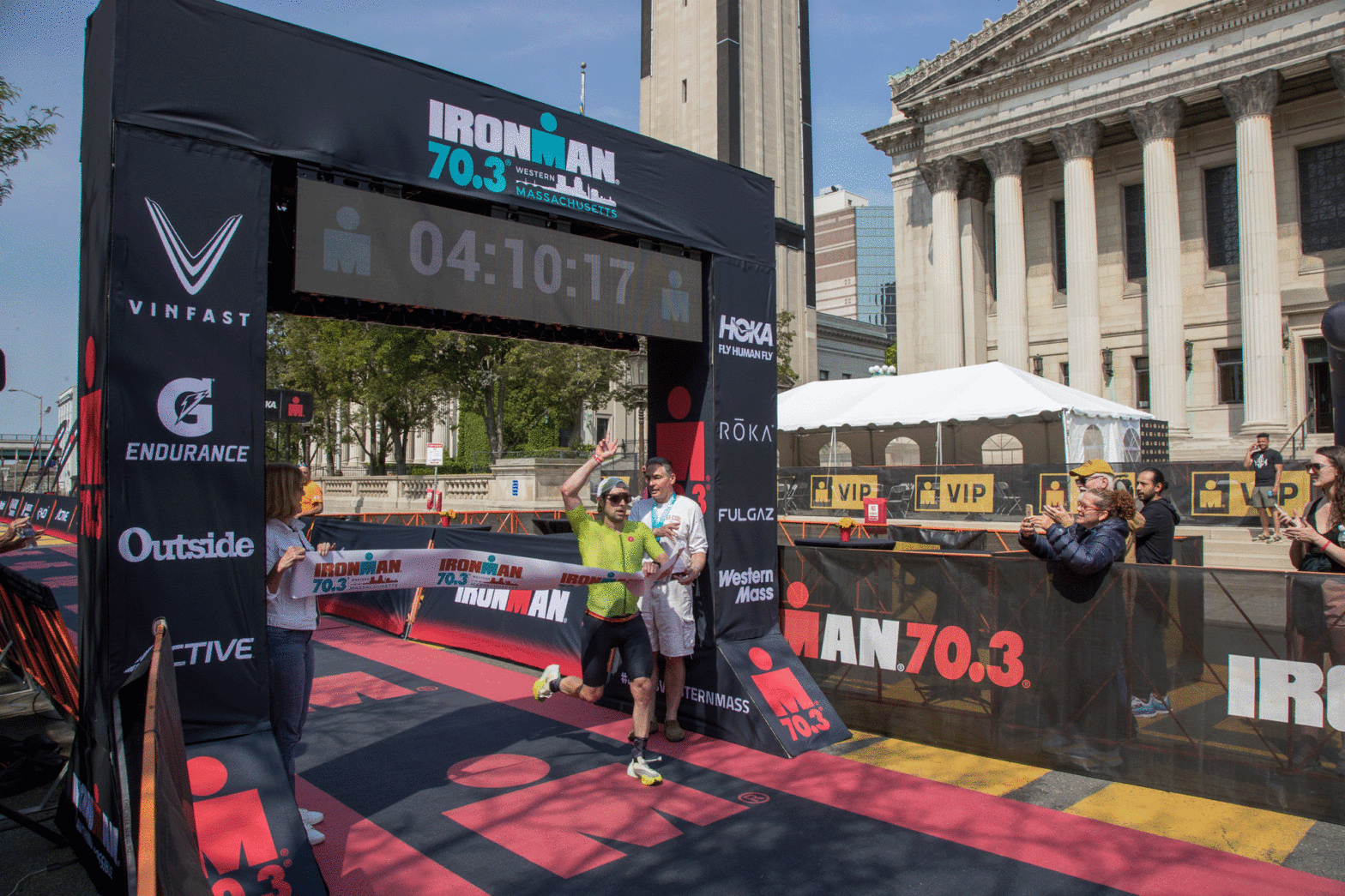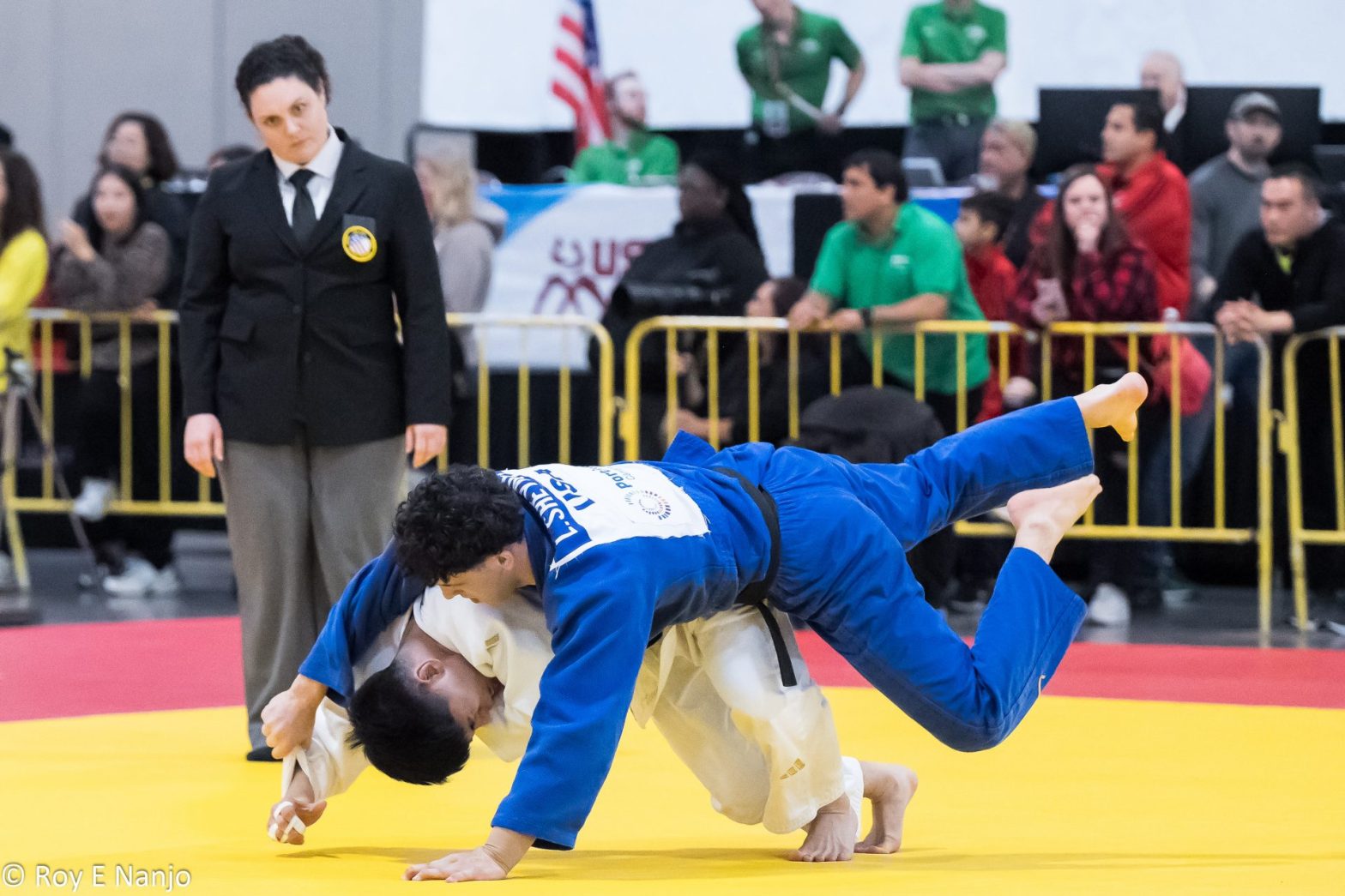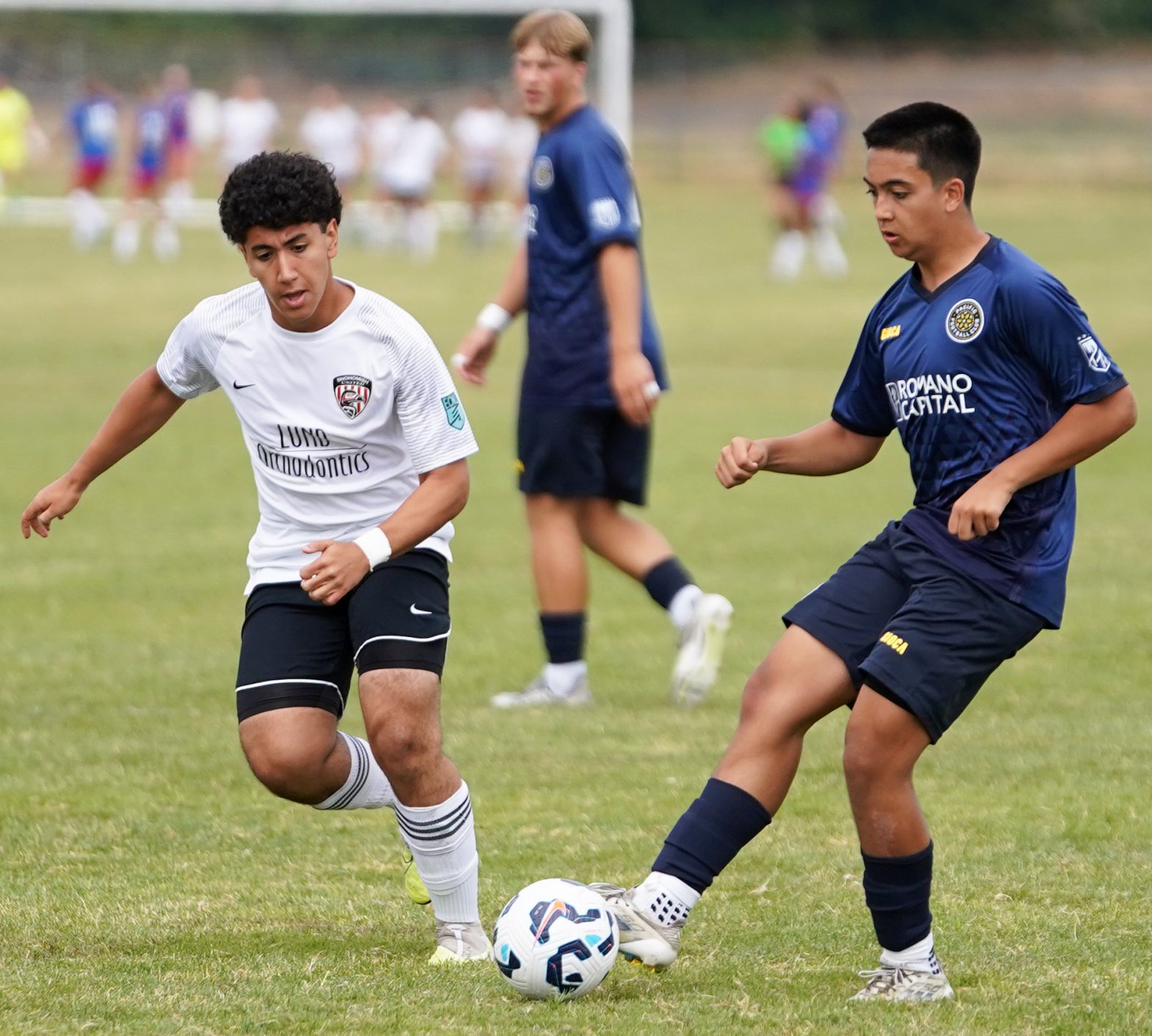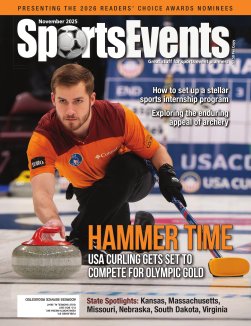The keyword for the sports events and tourism industry in 2024 is growth. Each year SportEvents surveys professionals from across the country for our annual State of the Industry report. The 19th edition of the report charts what appears to be a healthy growth year in 2023 moving into 2024. This should come as good news after a period of recovery following the global pandemic. However, rising costs and inflation appear to be putting increasing pressure on sports tourism. Respondents report having to spend more on everything from travel and accommodation to food and promotional items.
Despite this, the data seems to indicate higher participation in both traditional and non-traditional sports, with venues and planners saying they look forward to a “record year,” full of expansion and positive economic impact.
One host destination sums up the data in one of their comments: “We are expecting the sports events market to grow in our destination. More rights holders are looking for new destinations to host their sports events. This will continue as we move farther away from the pandemic.”
A busier 2024
According to the survey, 80 percent of planners and rights holders say they are planning a busier year in 2024 compared to 2023. While this is slightly down from last year’s unanimous “yes” response, it still points to an optimistic majority.
Comments to the question “What is your outlook for the sports events industry in 2024?” carry through with this optimism. One respondent says: “We are organizing more events than ever, which means the industry continues to be on the rise. It is an exciting time to be in the sports tourism industry. I suspect 2024 will be a record year for the industry.”
Another suggests the post-pandemic boom will continue from 2023 into 2024. “I am hoping with COVID behind us that more and more CVBs are bringing back their staffs and have the ability to attract more events to their cities,” they said.
Host destinations make similar comments when responding to the question about expectations for growth of the sports events market in their area over the next 18 months. The overall feeling can be summed up with one response: “We expect to see tremendous growth with our new venues coming online.”
Many destinations are seeing the construction of new arenas and venues, while others say they have applied for government grants in preparation for such expansions. This is to keep up with “a continued increase in traditional sports participation,” as one respondent noted.
This continues a trend of arena and venue construction seen in previous years’ surveys. However, industry analysts from the Huddle Up Group, a sports consultation firm, caution about an emerging “oversaturation” in sports facilities.
“Destinations have to be very intentional about any facility projects they pursue in the future,” says Huddle Up Group CEO Jon Schmeider. “This is especially true for a particular region. You don’t want to build redundant facilities that your regional neighbors may already have in place. Destinations have to be smart about how they deploy resources towards these types of projects and focus on what both the tourism and events needs are as well as the community demand. They both go hand in hand.”
One destination official indicates they may have already hit a plateau. “I think that we may add some larger events to replace smaller [ones]. I don’t see booming growth or post-COVID exuberance to continue for [the] rebound, but steady established business,” they wrote.
Likewise, one planner notes the “extreme pressure” of having many more new events every year makes it difficult the attract participants to their events.
Price of hotels and amenities
This industry is no stranger to the struggle of stretching out a budget. CVBs and planners had to contend with getting as much bang for their buck even before the pandemic hit. Now is certainly no different, and many of our respondents identify rising operating costs as their main challenge.
Planners and rights holders voice concerns about rising food prices, event security costs, and even the cost of “swag.” However, most comments point to hotel costs as the main area of concern. Host destinations, likewise, voice concerns about the challenge of hotel fees. As one respondent points out, this cost, when factored into the larger state of the economy, poses an issue to their bidding process.
Responding to a question about what industry trends concern them, this same individual said, “The overall cost to play, hotel average daily rate, state of the economy, saturation of new facilities, and rights fees.”
Decatur Morgan County Tourism (Ala.) director of sports development Don Dukemineer says he’s hearing about this situation from destinations across the country as they work with their hotel partners to secure room blocks for events.
“Event organizers and families are wanting low rates, similar to pre-pandemic levels,” says Dukemineer. “However, DMOs are dealing with the focus that inflation and revenue lines are dictating the rates. Also, where sports events kept some communities going during COVID, now some are finding dates tough due to hotels and meeting spaces looking at the corporate traveler returning, and not having as much availability.”
Hotels and amenities appear to be a key concern for driving repeat business with event planners. When asked, “How important are the following factors to sports events planners in selecting your site/destination?” 78 percent of host destinations say the number of available hotel rooms is “important” or “very important,” and 89 percent say the proximity of hotel rooms to venues is “important” or “very important.” Compare this to just 56 percent rating event fees alone as “important” or “very important.”
These data points and anecdotes suggest rising hotel prices might lead to difficulties for CVBs to attract repeat business in the future. One strategy would be to pursue hotel partnerships that offer better deals for their cost. However, care should be taken to ensure these partnerships aren’t too restrictive.
As one event planner laments, “[One challenge we’re facing is] facilities partnering up with hotels to require a mandated hotel usage and robbing us of using our third-party hoteliers.”
Drawing in events
Many host destinations note difficulties building bridges with events, with many reporting trouble reaching decision-makers for certain sports. The data seems to bear out a potential breakdown in communication from the event planner side as well.” Responses suggest some event planners are less likely to reach out to CVBs. When asked, “Do you utilize CVBs or sports commissions when planning an event?” only 50 percent answered yes. This is a sharp contrast to the 90 percent who answered yes to the same question in last year’s survey.
Furthermore, only 50 percent say CVBs or sports commissions are “important” or “very important” to their event planning business. Thirty percent even say they do not use CVBs at all. Again, compare this to last year when 90 percent of respondents said sports commissions were “important” or “very important.” The data suggests CVBs may need to put extra effort and resources presenting themselves as the first point of contact for rights holders and events. As one comment notes, the ball is in the host’s court in this situation.
“I believe it is the responsibility of the destination to follow up with the rights holder to build the relationship,” says the survey participant.
It appears they’ve had the most success in this area when it comes to partnering with local events. 55.4 percent of hosts say they partner with or even outright own locally created sports events. The question is then how to attract outside events.
Industry conferences are the most popular method of promoting a destination among respondents, followed by paid advertising, social media postings, and site tours. The survey data also seems to suggest destinations should emphasize ancillary experiences outside of their main sports venues. Eighty percent of event planners say, “excursions, restaurant fare, and overall “vibe” of the city have a direct effect on location planning.”
When asked which factors are important in selecting, a site or destination, 67 percent of sports events planners say the availability of area attractions is “important” or “very important,” and 89 percent say the number of restaurants near venues and hotels is “important.”
CVBs should find ways to present their wider tourism offerings in the context of sports events. Some of the respondents shared creative methods for doing this. One explains, “[We] created a custom trophy for cheer and dance competitions and awarded them through a social media promotion where participants posted photos of themselves enjoying different attractions and areas of the destination.” Another says, “[we set up] event registration/check-in inside a shopping/entertainment district [with] creative and unique activations.”
Schmeider says many governments and tourism commissions he’s talked to are implementing “tourism improvement districts” (TIDs). It’s essentially a special zoning that allows for private-public partnerships between government and local tourism amenities. City and state governments set aside a certain budget to go directly into projects and programs aimed at boosting tourism in a specific area. Schmeider says TIDs represent a stable source of funding for host destinations over long-term periods.
“TIDs are a great tool as the funds collected must be used for the projects that are outlined in the incorporating documents,” he explains. “That is, political changes can’t endanger the TID funds that are collected.”
Sports, traditional and new
Despite some of the challenges, respondents say they’ve seen growth from their respective points of view. This includes growing rates of sports participation. The survey suggests increased use of facilities designed for traditional sports, especially soccer, softball, baseball, volleyball, and pickleball. However, destinations also say they’re seeing growing engagement with non-traditional sports events as well. Responses say the most popular non-traditional sports include quadball, spikeball, cornhole, and esports. Various forms of martial arts events are also seeing more participation, such as taekwondo and girls’ wrestling.
Takeaways
Overall, signs point to a healthy sports events and tourism industry moving from 2023 into 2024. Ninety percent of event planners and rights holders say they are “likely” or “very likely” to continue their careers in their field.
As noted, and as with previous annual reports, industry conferences remain the most popular and successful method for survey respondents to promote themselves as sports destinations. However, moving forward it seems rights-holder organizations need to communicate who their decision-makers are to CVB teams to ensure smoother bidding processes.
CVBs should also explore different ways of promoting their wider tourism attractions and activities. Not only do survey participants say this makes a destination more attractive, but it stands to reason that this will help cultivate a better economic impact, with more businesses benefiting from sports tourism dollars.
Even with rising prices and some fears of an economic downturn among survey responses, the sports events and tourism industry appears to continue a trend towards growth, both economically and in participation.










